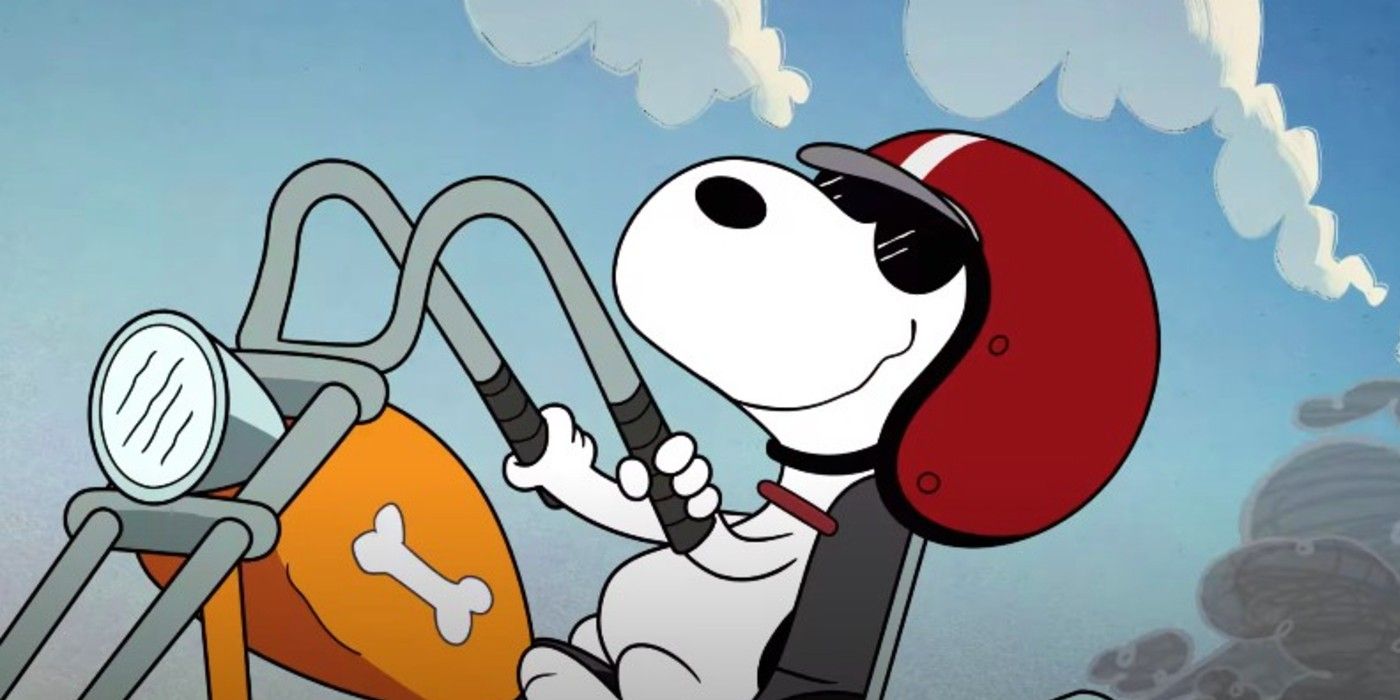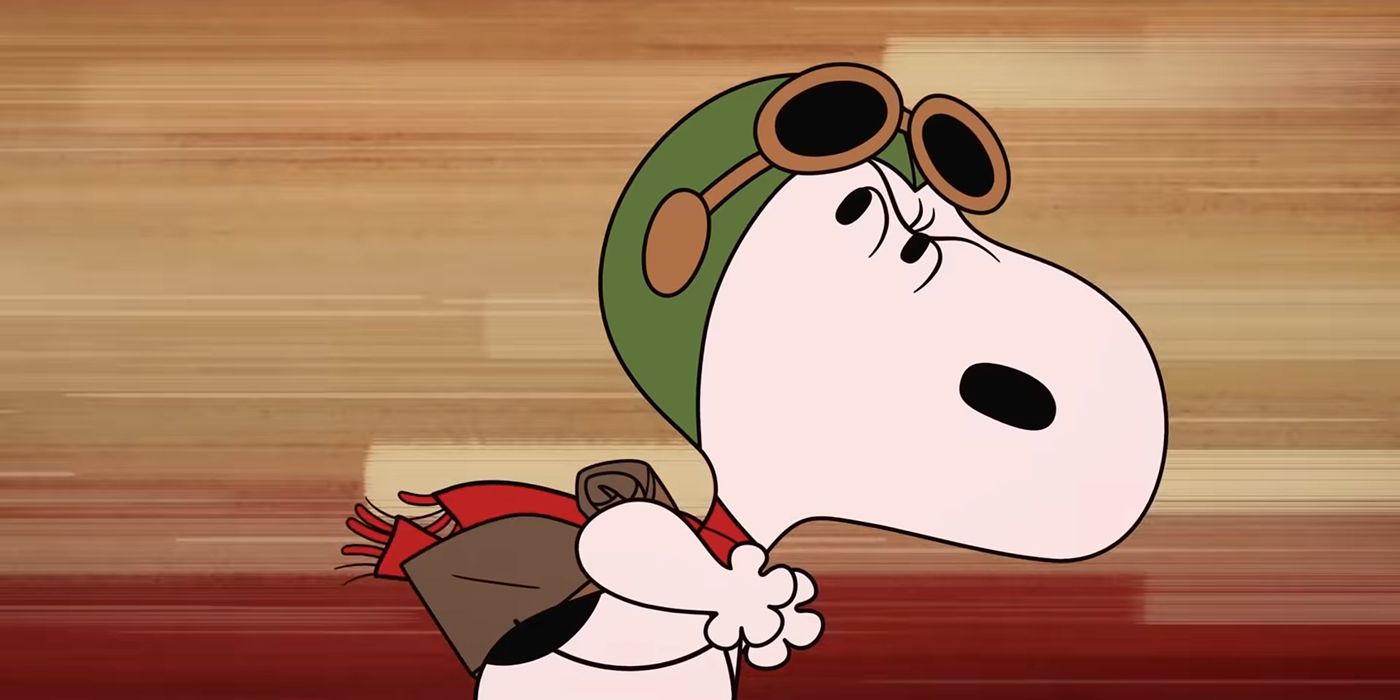The showrunner of Apple TV+'s new The Snoopy Show has revealed that there are rules for how the Peanuts universe works, and what they are. Of course, The Snoopy Show is only the latest TV adaptation of Charles M. Schulz's beloved Peanuts comic strip, which the artist debuted in 1950 and continued until his death in 2000. Along the way, the comic strip about Charlie Brown, his friends, and his fiercely independent beagle, Snoopy, inspired an endless stream of books, merchandise, movies, and television specials, including the iconic It's the Great Pumpkin, Charlie Brown and A Charlie Brown Christmas. The Peanuts gang's first actual TV series was The Charlie Brown and Snoopy Show, which ran on Saturday mornings from 1983-85 on CBS.
After Schulz's death, the franchise laid dormant for a while, but returned in a big way with Blue Sky Studios' well-received The Peanuts Movie in 2015. Following that success, Apple made a big play for the Peanuts property, becoming the streaming home for the classic TV specials and launching the 2019 short-form show Snoopy in Space, a 13-episode series of eight-minute shorts. But that was just a prelude to the big February 5th premiere of The Snoopy Show, the first Peanuts TV series consisting of full-length 22-minute episodes since the '80s.
Now, Collider is out with a new interview with Snoopy Show showrunner Mark Evestaff in which the writer/executive producer reveals the rules show creators must follow within the Peanuts Cinematic Universe - and it all goes back to the original comic strip. "There are certain rules and certain things that Charles Schulz had when he was doing a strip," Evestaff said. "One of the rules is that when Snoopy is in his fantasies, you can’t see the bottom of the dog house because of the idea that Snoopy doesn’t actually go anywhere. That’s a challenge, but also a nice idea to carry through, and we’ve certainly been faithful to that." Speaking of that famous doghouse, Evestaff added, "Another one is that you never see the inside of Snoopy’s house, which is a fun conceit for us to play with. He has a pool table in there, he’s got a pool, he’s got a Van Gogh, and he’s got whatever you need with cartoony logic."
Peanuts fans will not be surprised at another rule that has carried through every iteration of the story: "No adults," he said, "which is neat because it forces the kids to solve their own problems. There’s also a no parents allowed thing." Plus, there's one more rule that springs from the nostalgic nature of the show and its 1950s origins. "Another one is no technology past around 1970, so you won’t see any cell phones and you don’t see any computers," Evestaff said. "The good thing is that these kids are often playing outside so that never came into play. If you need a cell phone to tell your story, unless it’s a great story, I think you can do without that. There’s lots of fun to be had, but those are some of the ground rules we played with when we were making the show."
It makes sense that a franchise with a 70+ year history would have some guidelines to ensure consistency across eras, but what's refreshing here is just how old school these rules remain, and it's encouraging how much respect the current caretakers of the characters have for the world created by Schulz all those years ago. (Similarly, Apple TV+ is also reviving Fraggle Rock with the same reverence for the original.) The Peanuts universe will continue on with no cell phones, a fantasy world in which a dog can be a World War I fighter pilot, plus adults who are never seen and only occasionally heard speaking indecipherable grown-up noises. Those elements may seem in contrast to the high-tech streaming platform that airs the series in our modern world, but it's all part of what makes The Snoopy Show part of a tradition that can only be described as timeless.
Next: Apple TV+ Is Most Divisive Streaming Service
Source: Collider


